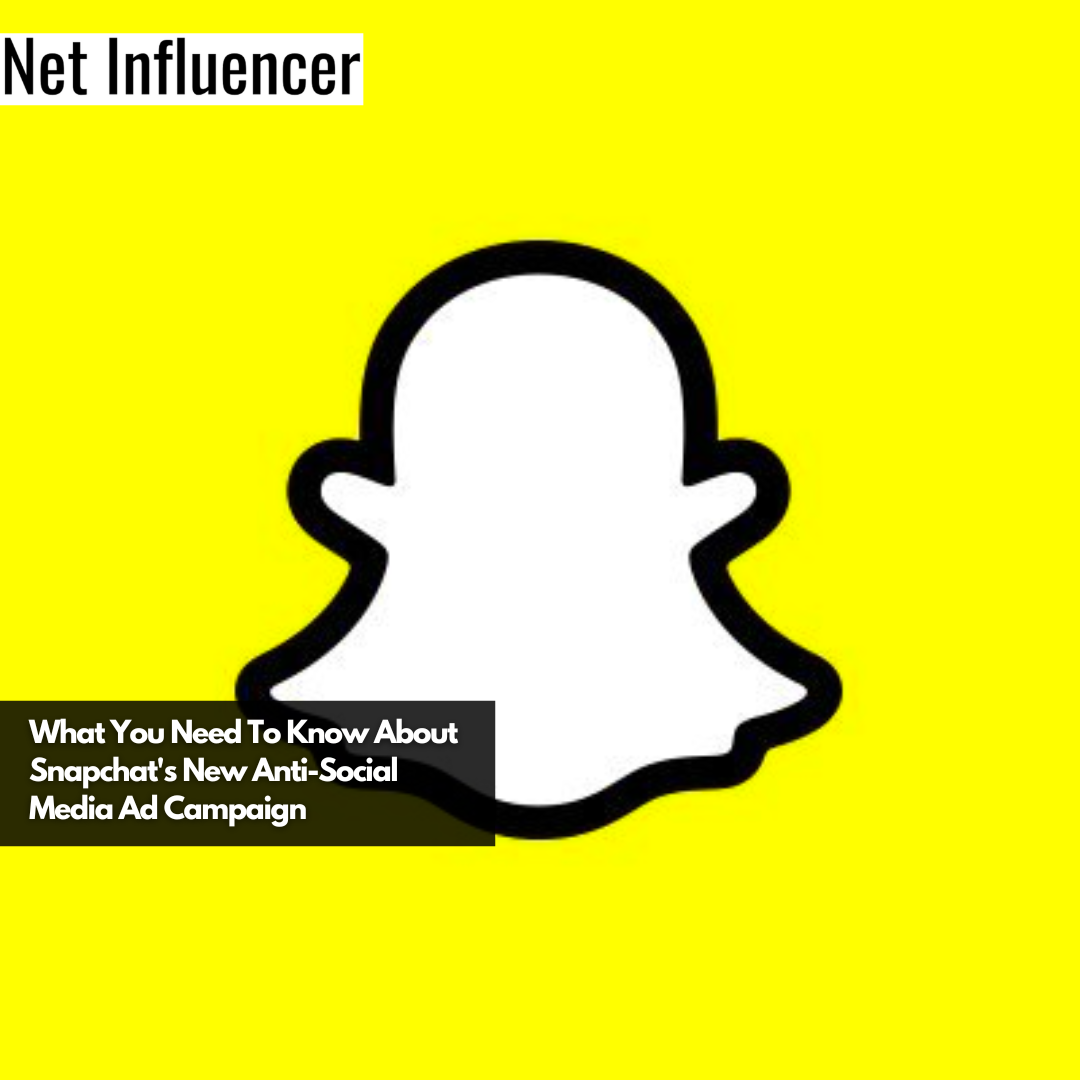Platform
What You Need To Know About Snapchat’s New Anti-Social Media Ad Campaign
Snap made its Super Bowl debut last weekend with a short version of its new anti-social media commercial that also aired at the Grammy Awards show. The Snapchat ad aims to portray the popular app as an alternative to conventional social media platforms.
The Super Bowl commercial started with a montage of social media users who all seem to be chasing “likes” represented by increasingly desperate efforts to gain attention. The voiceover then says “Less likes. More love”, and pans to Snap activities and features that are supposed to come across as more wholesome. The advert focuses on a narrative that Snap has stuck to since its inception in 2012, one where the popular chat app promises more privacy thanks to the fact that messages aren’t public facing or rewarded with 3rd party engagement such as likes.

This same trend of distancing itself from other social media networks has been seen in previous Snap campaigns. For example in 2019, they released an ad campaign called “Real Friends” that focused on how Snap users could keep more intimate social circles on their app instead of posting everything publicly for approval.
The Super Bowl advert is also important as the company is transitioning and openly looking to onboard new advertisers.
The company’s revenue grew 5% in the fourth quarter of 2023 to 1.3 billion. However, the campaign also comes in the wake of a recent 10% staff cut at Snap.
What Is Snapchat?
Snap is a popular one-to-one chat app that allows users to send video, photo, and text-based messages that disappear once opened and read. Approximately 150 million people use the app every day, consuming on average 800 hours of video per second. To emphasize what a crazy amount of content that is, just imagine watching an episode of Breaking Bad 13 times, per second.
Snap also offers users interesting features within the app that are separate from the chat capabilities. These include Stories (videos or photos that can be played or replayed for 24 hours), Memories, and stickers or GIFs to add some fun to text-based messaging.
The chat app is mainly used by Millenials and Gen Z. With 26% of users between the ages of 12 to 24 stating they use Snap the most for messaging, with Facebook following in a close second.
Snapchat | Less social media. More Snapchat.
But let’s get back to the advert! As seen in the video above, Snap is really focusing its efforts on presenting the platform as the alternative to the divisive ego-driven vanity metrics of other social media networks in order to appeal to new users.
As described by Snap:
“The promise of social media started out great. It was a place where we could connect with people and share bits of our lives. A place where we could be a part of something bigger than ourselves – where we could feel supported and loved. But somewhere in the adolescence of social media, things began to feel off. Friends became people who felt more like strangers. Moments became more curated. Sharing became more contrived.”
They state they’re different because they don’t offer public-facing features such as a feed, nor do they as a company seek to showcase users’ posts to third-party app users. They also touch on how they delete users’ content by default, allowing everyone to feel more secure, and free while promoting an environment that helps users post more about their lives yet only with those they wish to share it with.
“People feel exhausted by the social media popularity contest. Fed up with having to look pretty or perfect in every post. Tired of competing for likes and comments. Misled by misinformation. But Snapchat is not social media. It never was. In fact, it was built as an antidote to social media”
“Our lives are so much more than just a series of pretty and perfect moments. They’re funny and messy and exciting and boring and beautiful and heartbreaking and crazy… and real. And it’s best when they’re shared with those closest to us. Because ultimately, it’s surrounding ourselves with the people who matter most to us that makes us the most happy.”
The pitch that Snap presents is actually quite appealing. Yet it’s worth noting that the company has been promoting a similar narrative for years in an effort to distance itself from being referred to as a social media network and wanting to differentiate its core offering from similar platforms.
What does this new anti-social media movement tell us about Gen Z?
Most social media platforms followed TikTok’s lead and began to lean more into video-based content and AI-powered recommendations which has led to great results, with algorithms targeting users with relevant video-based content as opposed to creating an echo chamber where they’re only shown posts from people they actively choose to follow.
With this in mind, the shift in social media usage is obvious. It’s now less about following friends’ and families’ day-to-day musings and more about what’s going viral and targeted content that’s supposed to keep users doom-scrolling. You could say that the apps have shifted from their core intention of connecting users to becoming more entertainment-based.
The social aspects of these applications have all shifted to more private communication applications such as WhatsApp and Telegram. As this trend continues to evolve the shrinking social aspect of social media networks becomes more apparent, especially when one considers that over half of social media users don’t ever post their content to the platforms and use the apps only to consume.
However, is Snap really the antidote we’re all looking for? Does it offer the solution of staying connected and being able to engage with a closely curated group of friends without it being public-facing?
It seems that for younger generations it definitely is the answer. In fact, according to a Pew Research report that analyzed social media usage trends, 65% of Snaps users are within the age range of 18 to 29.
The biggest problem that Snap is encountering is that as users age they lose interest in the app and move on to more conventional and streamlined communication methods, such as WhatsApp. However, the app is only twelve years old and could easily figure out ways to retain older demographics over the coming years.
This problem isn’t new to Snap, as the app has been fighting to address this issue using various methods for years. All evidence points to how Snapchat is relevant and seen as a cool app amongst teenagers, that becomes less appealing and interesting for adults as time goes on.
So the message from the advertising campaign pitching Snap as an antidote to social media is enticing, but not quite resonating with older cohorts. Can the app change that? Will this new focus appeal to new users who are already looking to move away from conventional social media communication features? Only time will tell…





















